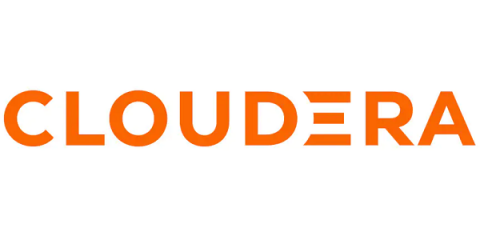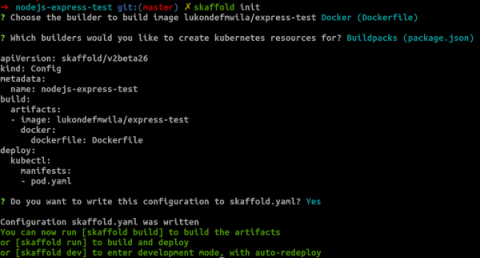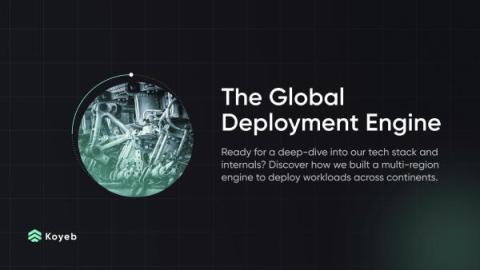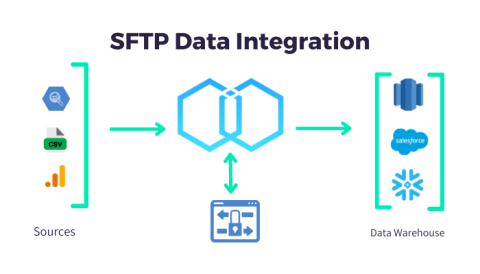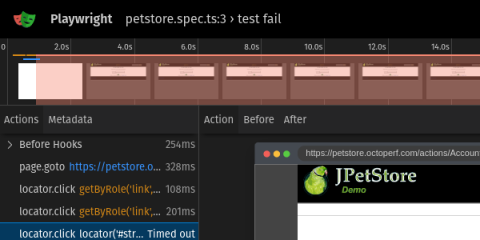Systems | Development | Analytics | API | Testing
Latest News
Accelerating Cost Reduction: AI Making an Impact on Financial Services
In the ever-evolving landscape of the financial services Industry, change is a constant and transformation is a requirement—to stay at pace with new regulations, risk mitigation, and the technological developments that support transformation. And just as financial services experiences its cycles, this time of year I find myself returning to the topic of cost reduction.
Using Data Contracts with Confluent Schema Registry
The Confluent Schema Registry plays a pivotal role in ensuring that producers and consumers in a streaming platform are able to communicate effectively. Ensuring the consistent use of schemas and their versions allows producers and consumers to easily interoperate, even when schemas evolve over time.
Getting Started with Skaffold for Kubernetes Deployments
Medical Device Cybersecurity Trends From Our New Report
The Global Deployment Engine: How We Deploy Across Continents
We previously explored how we built our own Serverless Engine and a multi-region networking layer based on Nomad, Firecracker, and Kuma. But what about the architecture of the engine that orchestrates these components across the world? This is an interesting topic to work on and we thought it could be useful to share some internals out there. Put on your scuba equipment, this is a deep dive into our architecture and the story of how we built our own global deployment engine.
How to Optimize Your SFTP Data Integration Process
Browser Automation Debug with Playwright Trace Viewer
Playwright Trace Viewer is a powerful tool that allows developers and testers to gain deeper insights into the execution of browser automation scripts created with Playwright. It provides a visual representation of script execution, enabling users to diagnose issues, optimize performance, and understand the flow of actions within their automation scripts. In this blog post, we’ll explore how to use Playwright Trace Viewer effectively to enhance your browser automation projects.
Google Cloud (Apigee) named a Leader in the 2023 Gartner Magic Quadrant for API Management
Gartner has recognized Google Cloud’s Apigee as a Leader in the 2023 Magic Quadrant for API Management, the 8th time in a row.



